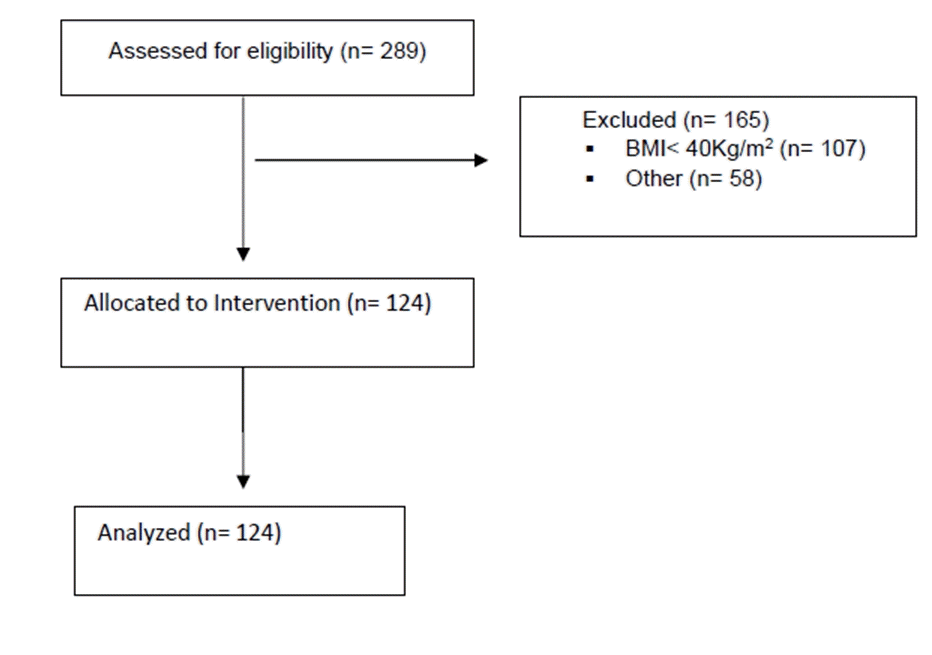1. Parikh MS, Shen R, Weiner M, Siegel N, Ren CJ. Laparoscopic bariatric surgery in super-obese patients (BMI>50) is safe and effective: a review of 332 patients. Obes Surg. 2005; 15:858–63.
2. McHardy FE, Chung F. Postoperative sore throat: cause, prevention and treatment. Anaesthesia. 1999; 54:444–53.
3. Yildirim ZB, Uzunkoy A, Cigdem A, Ganidagli S, Ozgonul A. Changes in cuff pressure of endotracheal tube during laparoscopic and open abdominal surgery. Surg Endosc. 2012; 26:398–401.
4. Seegobin RD, van Hasselt GL. Endotracheal cuff pressure and tracheal mucosal blood flow: endoscopic study of effects of four large volume cuffs. Br Med J (Clin Res Ed). 1984; 288:965–8.
5. Arun BG, Sanjay S. Pharyngeal tear during gastric calibration tube insertion for laparoscopic sleeve gastrectomy. Saudi J Anaesth. 2016; 10:247–8.
6. Theodorou D, Doulami G, Larentzakis A, Almpanopoulos K, Stamou K, Zografos G, et al. Bougie insertion: a common practice with underestimated dangers. Int J Surg Case Rep. 2012; 3:74–7.
7. Reoch J, Mottillo S, Shimony A, Filion KB, Christou NV, Joseph L, et al. Safety of laparoscopic vs open bariatric surgery: a systematic review and meta-analysis. Arch Surg. 2011; 146:1314–22.
8. Wu CY, Yeh YC, Wang MC, Lai CH, Fan SZ. Changes in endotracheal tube cuff pressure during laparoscopic surgery in head-up or head-down position. BMC Anesthesiol. 2014; 14:75.
9. Sole ML, Su X, Talbert S, Penoyer DA, Kalita S, Jimenez E, et al. Evaluation of an intervention to maintain endotracheal tube cuff pressure within therapeutic range. Am J Crit Care. 2011; 20:109–17; quiz 118.
10. American Thoracic Society, Infectious Diseases Society of America. Guidelines for the management of adults with hospital-acquired, ventilator-associated, and healthcare-associated pneumonia. Am J Respir Crit Care Med. 2005; 171:388–416.
11. Safdar N, Dezfulian C, Collard HR, Saint S. Clinical and economic consequences of ventilator-associated pneumonia: a systematic review. Crit Care Med. 2005; 33:2184–93.
12. Lomholt N. A device for measuring the lateral wall cuff pressure of endotracheal tubes. Acta Anaesthesiol Scand. 1992; 36:775–8.
13. Hung KC. To assess the changes of tracheal cuff pressure after a calibrating orogastric tube insertion. J Anesth. 2014; 28:128–31.
14. Kim TK, Min JJ, Seo JH, Lee YH, Ju JW, Bahk JH, et al. Increased tracheal cuff pressure during insertion of a transoesophageal echocardiography probe: a prospective, observational study. Eur J Anaesthesiol. 2015; 32:549–54.
15. Sprung J, Whalley DG, Falcone T, Warner DO, Hubmayr RD, Hammel J. The impact of morbid obesity, pneumoperitoneum, and posture on respiratory system mechanics and oxygenation during laparoscopy. Anesth Analg. 2002; 94:1345–50.
16. Chang P, Friedenberg F. Obesity and GERD. Gastroenterol Clin North Am. 2014; 43:161–73.
17. Liu J, Zhang X, Gong W, Li S, Wang F, Fu S, et al. Correlations between controlled endotracheal tube cuff pressure and postprocedural complications: a multicenter study. Anesth Analg. 2010; 111:1133–7.
18. Sengupta P, Sessler DI, Maglinger P, Wells S, Vogt A, Durrani J, et al. Endotracheal tube cuff pressure in three hospitals, and the volume required to produce an appropriate cuff pressure. BMC Anesthesiol. 2004; 4:8.




 PDF
PDF Citation
Citation Print
Print




 XML Download
XML Download